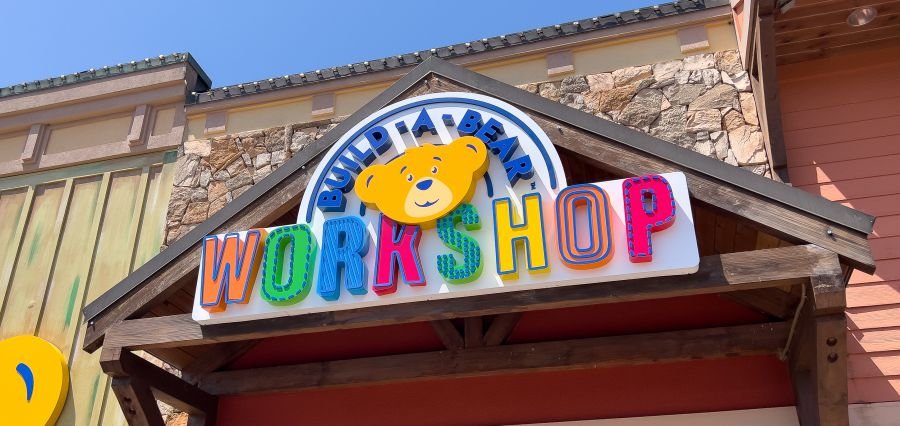Prime Highlights:
- Build-A-Bear Workshop has reported record revenue and growth despite tariffs, lower mall traffic, and recession fears.
- The company is successfully attracting both adults and children through nostalgia marketing, new products, and expansion beyond traditional stores.
Key Facts:
- Revenue for the first half of fiscal 2025 reached $252.6 million, nearly 12% higher than the same period last year.
- Build-A-Bear has more than 600 stores across 32 countries and has expanded its presence to cruise ships, amusement parks, and hotels.
Key Background:
Build-A-Bear Workshop is doing better, earning more money and growing over the past year despite tariffs, fewer mall shoppers, and the recession. The company is making nearly 12 percent more than it made the previous year as it earned 252.6 million in the first half of the 2025 fiscal year.
CEO Sharon Price John attributed the company’s success to careful scenario planning and strategic diversification. “Success isn’t an accident, and it often takes years of planning to weather difficult situations,” she said.
Experts say nostalgia and innovation have also played a key role. For many adults, visiting Build-A-Bear brings back happy childhood memories. Twenty-six-year-old Cammie Craycroft described her recent birthday trip to Build-A-Bear with friends as a nostalgic experience. “It really is a nostalgic place, and I have so many happy memories there,” she said.
The company is now focusing on adult customers while still attracting children. The company has launched new products like the “Mini Beans” and expanded beyond regular stores to cruise ships, amusement parks, and hotels.
Analysts say Build-A-Bear handled tariffs by stocking up early, keeping price increases low on items from China and Vietnam. The company also varies prices keenly and introduces new items in order to keep customers active.
The company’s stock has climbed roughly 60% year-to-date, and it is approaching a $1 billion market cap. According to D.A. Davidson analyst Keegan Cox, expansion into international markets and innovative merchandising strategies are driving momentum and providing strong returns.
Marketing to nostalgic adult consumers has proven especially successful. A recent survey found that 92% of adults still own their childhood teddy bears, and nearly all respondents agreed that stuffed animals are for all ages. “Build-A-Bear has created an emotional connection with consumers that goes beyond the product itself,” said University of Pennsylvania marketing professor Americus Reed.
Read Also: Elon Musk Invests Nearly $1 Billion in Tesla, Boosting Investor Confidence

